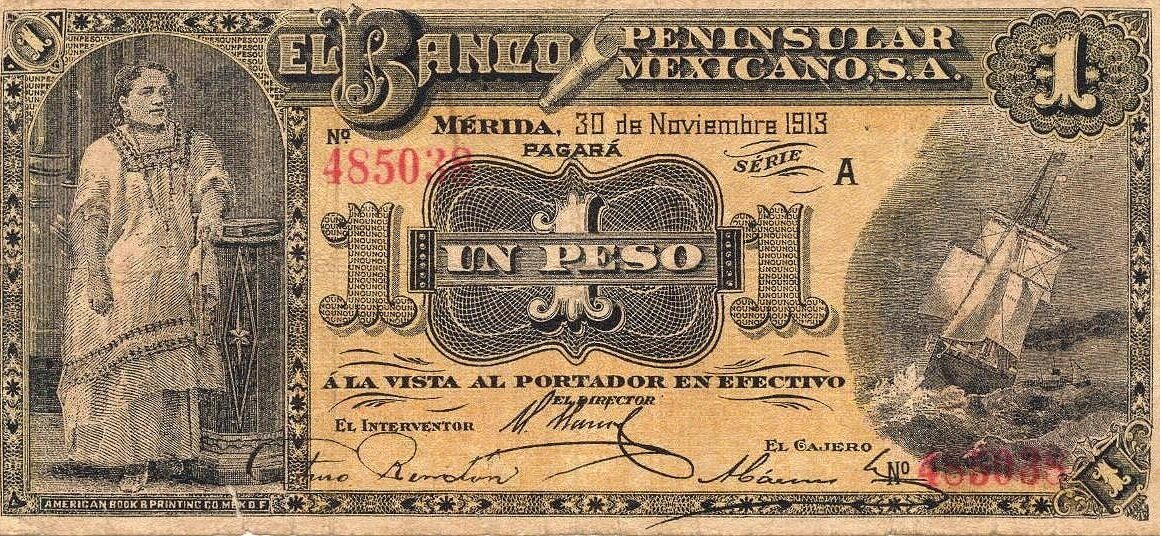Creating a personal budget can feel daunting, but it’s the cornerstone of financial stability and achieving your long-term goals. Whether you’re aiming to pay off debt, save for a down payment on a house, or simply gain control over your finances, understanding and implementing a personal budget is the first, crucial step. This guide provides a comprehensive approach to creating and maintaining a personal budget that works for you.
Understanding the Importance of a Personal Budget
A personal budget is more than just tracking where your money goes; it’s a proactive tool that empowers you to make informed financial decisions. It allows you to align your spending with your values and priorities, ultimately leading to greater financial freedom and peace of mind.
Benefits of Budgeting
- Gain Control of Your Finances: A budget provides a clear picture of your income and expenses, allowing you to identify areas where you can cut back and save more.
- Achieve Financial Goals: By setting specific, measurable, achievable, relevant, and time-bound (SMART) financial goals, such as saving for retirement or paying off debt, a budget helps you allocate funds accordingly.
- Reduce Financial Stress: Knowing where your money is going and having a plan in place can significantly reduce anxiety related to finances.
- Prepare for Unexpected Expenses: A budget can help you build an emergency fund to cover unforeseen costs, such as car repairs or medical bills, preventing you from going into debt.
- Improve Your Credit Score: By paying your bills on time and reducing your debt, budgeting can positively impact your credit score.
Common Misconceptions About Budgeting
Many people avoid budgeting due to common misconceptions. Some believe it’s too restrictive, time-consuming, or only necessary for those with financial difficulties. However, budgeting is a flexible tool that can be tailored to your individual needs and goals, regardless of your income level. It’s about making conscious choices about how you spend your money, not depriving yourself.
Creating Your Personal Budget: A Step-by-Step Guide
Creating a budget doesn’t have to be complicated. Following these steps will help you establish a solid foundation for your financial plan.
Step 1: Calculate Your Income
- Identify All Sources of Income: This includes your salary, wages, freelance income, investment income, and any other regular sources of revenue.
- Calculate Net Income (After Taxes): Focus on your take-home pay, as this is the actual amount of money you have available to spend. Check your pay stubs for accurate figures.
- Example: If you earn $5,000 per month before taxes and deductions, and your net income is $4,000 after taxes, use $4,000 as your monthly income for budgeting purposes.
Step 2: Track Your Expenses
- Monitor Your Spending Habits: Track every dollar you spend for at least a month. Use a budgeting app, spreadsheet, or notebook to record your expenses.
- Categorize Your Expenses: Group your expenses into categories such as housing, transportation, food, utilities, entertainment, and debt repayment.
- Differentiate Between Fixed and Variable Expenses:
Fixed Expenses: These are expenses that remain relatively constant each month, such as rent or mortgage payments, loan payments, and insurance premiums.
Variable Expenses: These are expenses that fluctuate from month to month, such as groceries, gas, dining out, and entertainment.
- Example: Use Mint, YNAB (You Need A Budget), or a simple Excel spreadsheet to track your daily spending. Categorize each transaction (e.g., “Groceries – $100,” “Gas – $40,” “Rent – $1200”).
Step 3: Create Your Budget Plan
- Choose a Budgeting Method: Several budgeting methods are available, each with its own advantages:
50/30/20 Rule: Allocate 50% of your income to needs, 30% to wants, and 20% to savings and debt repayment.
Zero-Based Budget: Allocate every dollar of your income to a specific category, ensuring that your income minus your expenses equals zero.
* Envelope Budgeting: Use physical envelopes to allocate cash for specific spending categories, limiting your spending to the amount in each envelope.
- Allocate Funds to Each Category: Based on your income and expense tracking, allocate funds to each category in your budget. Prioritize essential expenses (needs) and then allocate funds to wants and savings.
- Example: If you choose the 50/30/20 rule with a net income of $4,000: Needs: $2,000, Wants: $1,200, Savings & Debt: $800.
Step 4: Review and Adjust Your Budget Regularly
- Track Your Progress: Compare your actual spending to your budgeted amounts regularly (weekly or monthly).
- Identify Areas for Improvement: Look for areas where you’re consistently overspending or underspending.
- Make Adjustments: Adjust your budget as needed to reflect changes in your income, expenses, or financial goals.
- Example: At the end of each month, review your spending using your tracking method (app, spreadsheet, etc.). If you consistently exceed your “Dining Out” budget, consider reducing it and allocating those funds to “Savings.”
Budgeting Tools and Resources
Utilizing the right tools can make budgeting easier and more efficient. Several apps and resources are available to help you track your spending, create budgets, and manage your finances.
Budgeting Apps
- Mint: A free app that connects to your bank accounts and credit cards to automatically track your spending and create budgets.
- YNAB (You Need A Budget): A subscription-based app that helps you allocate every dollar of your income to a specific purpose.
- Personal Capital: A free app that provides a comprehensive overview of your finances, including budgeting, investment tracking, and net worth analysis.
- PocketGuard: An app that simplifies budgeting by showing you how much “In My Pocket” money you have available to spend after accounting for bills and savings goals.
Spreadsheets and Templates
- Excel: Create your own custom budget spreadsheet using Excel templates or from scratch.
- Google Sheets: A free, cloud-based spreadsheet program that allows you to collaborate with others on your budget.
- Budget Templates: Many free budget templates are available online for download and customization.
Financial Education Resources
- Books: “The Total Money Makeover” by Dave Ramsey, “Your Money or Your Life” by Vicki Robin and Joe Dominguez.
- Websites: NerdWallet, The Balance, Investopedia.
- Financial Advisors: Consider consulting with a certified financial planner (CFP) for personalized financial advice.
Overcoming Budgeting Challenges
Even with the best intentions, budgeting can be challenging. Here are some common obstacles and strategies for overcoming them.
Dealing with Unexpected Expenses
- Emergency Fund: Build an emergency fund to cover unexpected expenses without derailing your budget. Aim to save 3-6 months’ worth of living expenses.
- Adjust Your Budget: When an unexpected expense arises, adjust your budget to accommodate it. Cut back on non-essential spending to free up funds.
- Example: If your car needs a $500 repair and you don’t have an emergency fund, temporarily reduce your “Entertainment” and “Dining Out” budgets to allocate $500 to the repair.
Staying Motivated and Consistent
- Set Realistic Goals: Don’t try to change your spending habits overnight. Start small and gradually make adjustments to your budget.
- Reward Yourself: Celebrate your budgeting successes by treating yourself to something you enjoy, while staying within your budget.
- Find an Accountability Partner: Partner with a friend or family member to share your budgeting goals and progress, providing mutual support and motivation.
- Visualize Your Goals: Keep your financial goals top of mind by creating a vision board or writing them down in a journal.
Addressing Budgeting Conflicts with Partners
- Open Communication: Have open and honest conversations with your partner about your financial goals and values.
- Compromise: Be willing to compromise and find a budgeting approach that works for both of you.
- Joint Budgeting Sessions: Schedule regular budgeting sessions together to review your finances and make adjustments as needed.
- Example: If one partner is a spender and the other is a saver, agree on a specific amount for each partner to spend on “Wants” each month.
Conclusion
Creating and maintaining a personal budget is an ongoing process that requires commitment and discipline. By understanding the importance of budgeting, following the step-by-step guide, utilizing budgeting tools, and overcoming common challenges, you can take control of your finances and achieve your financial goals. Remember to review and adjust your budget regularly to ensure it continues to meet your needs and priorities. Start today and pave the way for a more secure and fulfilling financial future.




